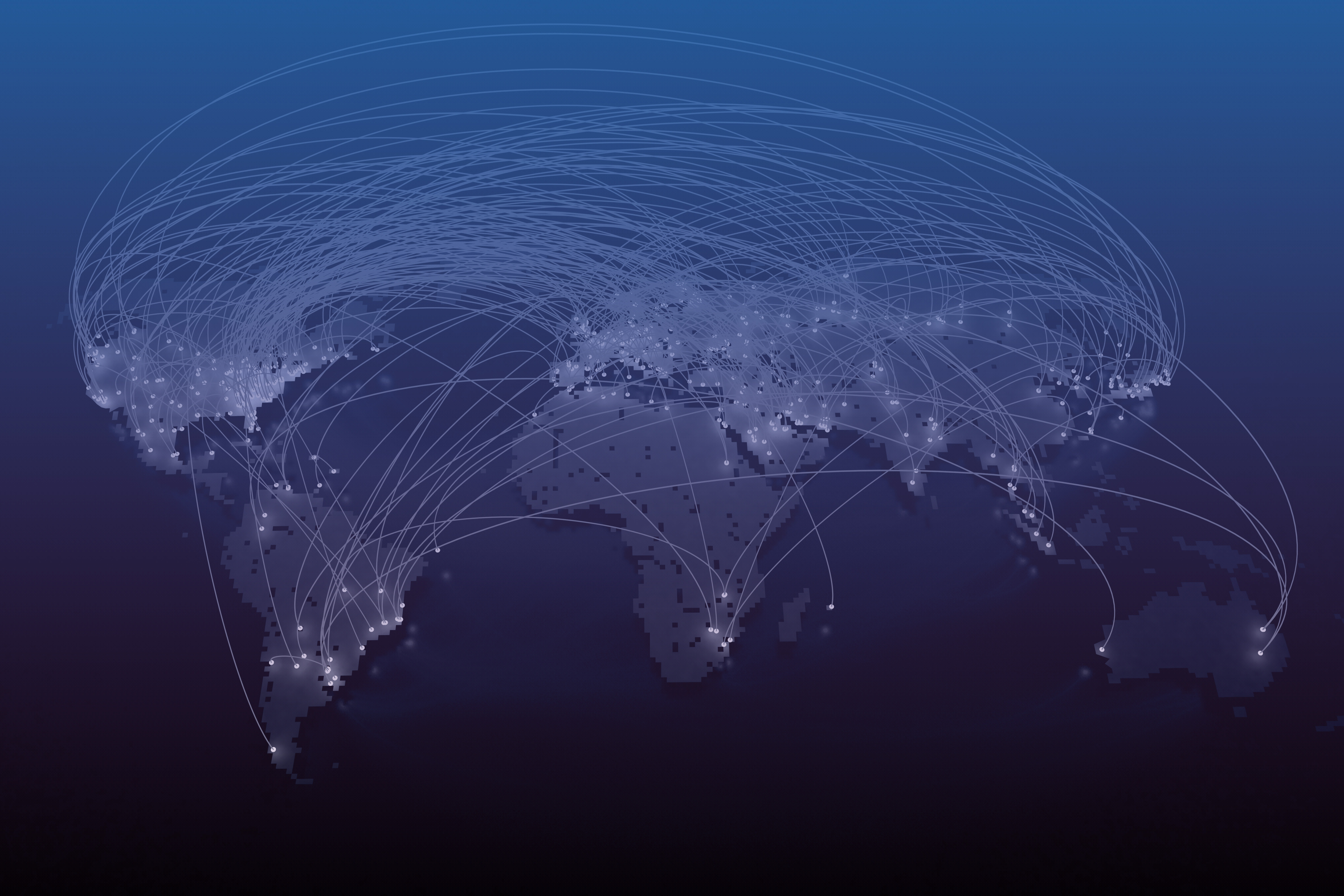People are still talking about digitalization every day, whether in the media, in companies or among friends. We are often reminded of Shakespeare: much ado about nothing. Is that really the case? Is digitalization now old hat? Have companies already fully digitalized their business processes and are they exploiting the full potential? Not at all! Although this topic is at the top of the agenda for most companies, there is often a lack of successful implementation.
Companies often seem to lose sight of the goal. It is not about the use of new technologies per se, but about the ongoing creation of value under dynamically changing conditions. If companies do not continuously adapt their offerings to customer requirements, then others will win the race with offerings that are more customer-oriented. The challenge remains, regardless of the industry: Digitization "good" in theory, implementation "poor" in practice.
But what are the top trends that should definitely be monitored? The American market research institute Gartner examines emerging technologies every year and ranks them on its Hype Cycle. In the "Emerging Technologies Hype Cycle 2017", Gartner analyzes a total of 32 technologies. None of them will experience a breakthrough in the next two years, but none will disappear again. Gartner identifies three top trends: artificial intelligence, digital platforms and customer-centric technology.

Source: Gartner (2017). Top Trends in the Gartner Hype Cycle for Emerging Technologies, 2017 [1]
Over the past ten years, analysts have predicted the trends of the fast-moving IT world with impressive accuracy and have also timed topics that were once far removed from the market well. For example, Garner predicted back in 2005 that augmented reality would be publicly recognized in five to ten years. Although there are only a few market-ready products, AR and possible applications are still a hot topic of discussion. Gartner first mentioned 3D printing in 2007 and predicted a hype for 2017.
Top-Trend 1: artificial intelligence everywhere
Gartner calls this trend "AI Everywhere"; artificial intelligence (AI) will be everywhere and will spread over the next ten years. The goal is to create generalized AI. Companies should consider technologies such as deep learning, cognitive computing, machine learning, smart robots, etc. Very high expectations are currently being placed on these technologies.
Cognitive computing and banking also help financial service providers to achieve the all-important customer centricity. Their customers demand the availability of all relevant information across all channels, all devices and around the clock. Furthermore, the amount of data at the interface between customer and institution is growing enormously. In the interview "Cognitive banking - only for "brave" financial service providers?", you can find out how financial institutions need to develop in order to meet these requirements and be prepared for the financial market of tomorrow.
Top-trend 2: Technology orientation towards the customer
Gartner predicts that technologies will be geared even more towards the needs of users and customers. As a result, the boundaries between the real and virtual worlds will increasingly disappear, i.e. people's ability to perceive will be expanded. Technologies such as augmented reality (AR), virtual reality (VR) and the connected home will continue to develop and be used more frequently. 4D printing and the computer-brain interface also appear in the hype cycle, but are still in the initial "innovation trigger" phase. However, 4D printing could change the business world significantly in the future.
What do financial service providers, such as banks and insurance companies, expect from VR? How do they help to inspire customers? You can find a brief overview of the background, possibilities and limitations in the article "Virtual reality and artificial intelligence from the perspective of financial service providers".
Top-Trend 3: Digital Platforms a Must
The third trend identified by Gartner is digital platforms. Companies need these in order to cope with the growing volume of data and computing power. The analysts thus support the theory that companies will increasingly develop into ecosystems and need digital platforms to do so [2]. Important technologies in this trend include 5G, blockchain and the Internet of Things (IoT). According to Gartner, 5G is still in the "innovation trigger" phase, but companies should keep an eye on this technology, as the extraordinary performance of the network enables a huge variety of devices with unprecedented scale, speed and complexity.
Blockchain has already been on everyone's lips in 2017, especially with the Bitcoin headlines about the success of the digital currency. Gartner predicts that blockchain will lead to a transformation of the business world, but it could take another five to ten years. Until then, it is important to understand the meaning without becoming too technological. Although there is no shortage of attempts to explain it on the web, blockchain is still an opaque subject for many. If you would like to understand the technology so that you can explain it to a third party, read this article "How does blockchain work?"
Top trends and innovations you can touch
The annual afb Market and Innovation Event, which took place in Munich on May 17, 2018, also addressed these megatrends of the future. How do I digitize my business processes as quickly as possible? What are the right levers? How do I need to adapt my IT landscape? Is there a roadmap?
Sources
1 Gartner (2017). Top Trends in the Gartner Hype Cycle for Emerging Technologies, 2017. URL: www.gartner.com/smarterwithgartner/top-trends-in-the-gartner-hype-cycle-for-emerging-technologies-2017/
2 Accenture (2017). Digital ecosystems as a driver of new growth and competitiveness. URL: www.accenture.com/de-de/insight-ecosystem-collaboration-growth-competitiveness

